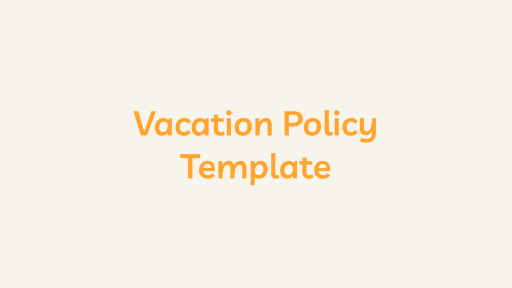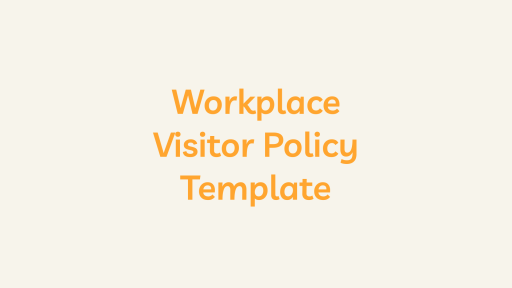What does the Employee Resignation Policy Template consist of?
The Employee Resignation Policy Template includes guidelines on the notice period, procedures for submitting resignation, exit interviews, return of company property, and any post-employment obligations. The template aims to provide clarity and consistency in the resignation process, ensuring a smooth transition for both the departing employee and the organization.
Template
[Company/Organization Name]
Effective Date: [Date]
Employee Resignation Policy
1. Resignation Notice Period:
- Employees are required to provide a written resignation letter to their immediate supervisor or the HR department. The notice period can vary depending on the position and length of service but is usually 2 weeks (14 calendar days). Some positions or higher management roles may require longer notice periods, such as 30 days.
2. Resignation Process:
- Employees should schedule a meeting with their supervisor or HR representative to discuss their intention to resign and provide the written resignation letter during the meeting.
- The resignation letter should include the last working day, reason for resignation (optional), and any outstanding obligations the employee plans to fulfill before leaving.
3. Exit Interview:
- In some companies, employees may be required to participate in an exit interview with HR or management to discuss their reasons for leaving and provide feedback on their experience with the company. This helps the company to identify areas for improvement and retain valuable employees.
4. Handover Responsibilities:
- During the notice period, the resigning employee should work on a smooth transition by handing over their responsibilities to a suitable colleague or team member. This ensures that critical tasks and projects are not left unattended.
5. Return of Company Property:
- Before leaving, the employee must return all company-owned property, including but not limited to laptops, access cards, keys, documents, and any other equipment or resources provided by the company.
6. Final Settlement:
- The HR department will conduct a final settlement process that includes calculating and disbursing any outstanding salary, unused vacation days, and benefits entitlements according to the company’s policies and local regulations.
7. Non-Disclosure and Confidentiality:
- The employee should maintain confidentiality regarding any sensitive company information even after resignation. This includes not disclosing any trade secrets, customer information, or intellectual property to third parties.
8. Non-Compete and Non-Solicitation Agreements:
- Some companies may have non-compete or non-solicitation agreements in place, which prohibit employees from working for competitors or soliciting clients or other employees after leaving the company. The employee should adhere to these agreements during and after their employment.
9. Employee References:
- The company may provide references for employees who resigned on good terms. Typically, references are limited to confirming employment dates, job title, and general job responsibilities.
10. Benefits and COBRA:
- Resigning employees may be eligible for continuation of certain benefits under the Consolidated Omnibus Budget Reconciliation Act (COBRA). Employees should contact the HR department to understand their rights and options for continuation of health insurance coverage.
Employee:
I have read and understood the Employee Resignation Policy, and I do not have any questions.
[Employee’s Full Name]
[Employee’s Signature]
[Date]
Company:
[Company Name]
[Company Representative’s Name]
[Company Representative’s Title]
[Company Representative’s Signature]
[Date]





